The outcomes in various inquiries consistently, some of which are very normal and we answer much of the time. Keeping in mind the end goal to better advise our clients and site guests alike on the absolute most famous subjects and issues we experience, we have chosen to start a rundown of Frequently Asked Questions. We intend to grow upon this segment after some time and include whatever other regularly made inquiry that we experience. In the event that you have any extra inquiries you might want to see displayed here please email us with your recommendations and we will do our best to answer and fuse them here.
- What is the distinction amongst kW and kVa?
- What is a power factor?
- What is the contrast between standby, continuous, and prime power ratings?
- On the off chance that I am occupied with a generator that isn’t the voltage I require, can the voltage be changed?
- What does an Automatic Transfer Switch do?
- Will a generator I am taking a gander at parallel with one I effectively claim?
- Would you be able to change over a 60 Hz generator to 50 Hz?
- How would I figure out what estimate Generator I require?
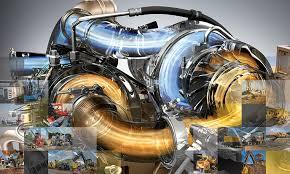
Industrial Generator
Table of Contents
What is the distinction amongst kW and kVa?
The essential contrast between kW (kilowatt) and kVA (kilovolt-ampere) is the power factor. kW is the unit of genuine power and kVA is a unit of evident power (or genuine power in addition to re-dynamic power). The power factor, unless it is characterized and known, is consequently an inexact esteem (ordinarily 0.8), and the kVA esteem will dependably be higher than the incentive for kW.
In connection to industrial and business generators, kW is most normally utilized when alluding to generators in the United States, and a couple of different nations that utilization 60 Hz, while most of whatever remains of the world ordinarily utilizes kVa as the essential esteem while referencing generator sets.
To develop it more, the kW rating is basically the subsequent power yield a generator can supply in view of the horsepower of an engine. kW is figured by the horsepower rating of the engine times .746. For instance in the event that you have a 500 horsepower engine it has a kW rating of 373. The kilovolt-amperes (kVa) are the generator end limit. Generator sets are normally appeared with the two ratings. To decide the kW and kVa proportion the recipe beneath is utilized.
.8 (pf) x 625 (kVa) = 500 kW
What is a power factor?
The power factor (pf) is regularly characterized as the proportion between kilowatts (kW) and kilovolt amps (kVa) that is drawn from an electrical load, as was examined in the inquiry above in more detail. It is controlled by the generators associated stack. The pf on the nameplate of a generator relates the kVa to the kW rating (see recipe above). Generators with higher power factors all the more productively exchange vitality to the associated stack, while generators with a lower power factor are not as proficient and result in expanded power costs. The standard power factor for a three stage generator is .8.
What is the distinction between standby, continuous, and prime power ratings?
Standby power generators are frequently utilized as a part of crisis circumstances, for example, amid a power blackout. It is perfect for applications that have another solid continuous power source like utility power. It’s prescribe utilization is frequently just for the length of a power blackout and normal testing and support.
Prime power ratings can be characterized as having a “boundless run time”, or basically a generator that will be utilized as an essential power source and not only for standby or reinforcement power. A prime power evaluated generator can supply power in a circumstance where there is no utility source, as is regularly the case in industrial applications like mining or oil and gas activities situated in remote zones where the lattice isn’t open.
Continuous power is like prime power however a base load rating has. It can supply power continuously to a consistent load, yet does not be able to deal with over-burden conditions or work too with variable burdens. The fundamental distinction between a prime and continuous rating is that prime power gensets are set to have most extreme power accessible at a variable load for a boundless number of hours, and they for the most part incorporate a 10% or so over-burden capacity for brief terms.
In the event that I am keen on a generator that isn’t the voltage I require, can the voltage be changed?
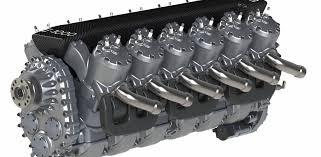
generators
Generator closes are intended to be either re-connectable or non-reconnectable. In the event that a generator is recorded as reconnectable the voltage can be changed, therefore in the event that it is non-reconnectable the voltage isn’t alterable. 12-lead re-connectable generator finishes can be changed in the vicinity of three and single stage voltages; notwithstanding, remember that a voltage change from three stage to single eliminate will diminish the power put of the machine. 10 lead re-connectable can changed over to three stage voltages yet not single stage. For more data, here’s an this educational article on evolving voltages.
What does an Automatic Transfer Switch do?
A programmed exchange switch (ATS) exchanges power from a standard source, similar to utility, to crisis power, for example, a generator, when the standard source comes up short. An ATS detects the power interference on hold and thus flags the engine panel to begin. At the point when the standard source is reestablished to typical power the ATS exchanges power back to the standard source and close the generator down. Programmed Transfer Switches are regularly utilized as a part of high accessibility situations, for example, server farms, fabricating plans, media transmission systems et cetera.
Could a generator I am taking a gander at parallel with one I officially possess?
Generator sets can be paralleled for either repetition or limit prerequisites. Paralleling generators enables you to electrically go along with them to join their power yield. Paralleling indistinguishable generators won’t be risky however some broad idea ought to go into the general plan in view of the main role of your framework. In the event that you are endeavoring to parallel dissimilar to generators the outline and establishment can be more perplexing and you should remember the effects of engine setup, generator plan, and controller plan, just to give some examples. For more data and points of interest on paralleling standby generators in basic frameworks investigate this instructive article.
Would you be able to change over a 60 Hz generator to 50 Hz?
All in all, most business generators can be changed over from 60 Hz to 50 Hz. The general dependable guideline is 60 Hz machines keep running at 1800 Rpm and 50 Hz generators keep running at 1500 Rpm. With most generators changing the frequency will just require turning down the rpm’s of the engine. Now and again, parts may must be supplanted or facilitate changes made. Bigger machines or machines officially set at low Rpm are extraordinary and ought to dependably be assessed on a case by case premise. We like to have our accomplished experts take a gander at every generator in detail so as to decide the plausibility and what all will be required.
How would I figure out what estimate Generator I require?
Getting a generator that can deal with all your power age needs is a standout amongst the most basic parts of the acquiring choice. Regardless of whether you are keen on prime or standby power, if your new generator can’t meet your particular necessities then it basically won’t benefit anybody in any way since it can put undue weight on the unit and even harm a portion of the gadgets associated with it. Deciding precisely what size of generator to get is frequently extremely troublesome and includes various elements and contemplation. To get more point by point data regarding this matter, please visit our extended article on Sizing a Generator.


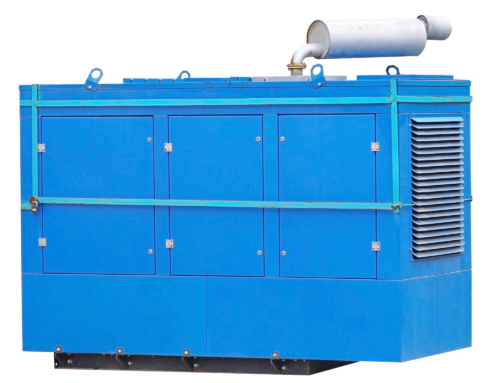

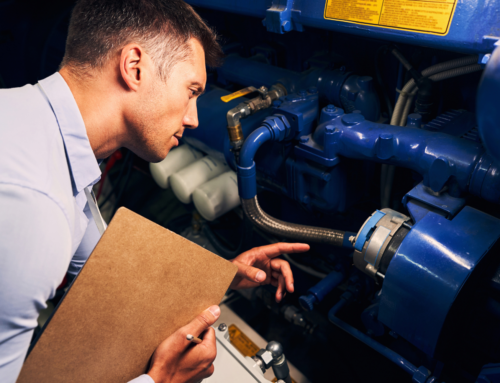
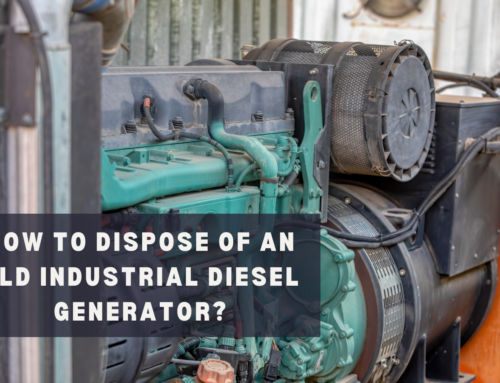
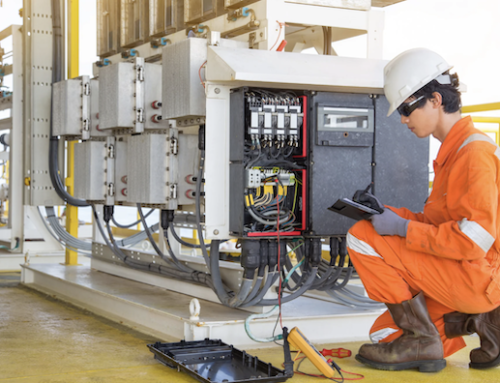
Leave A Comment